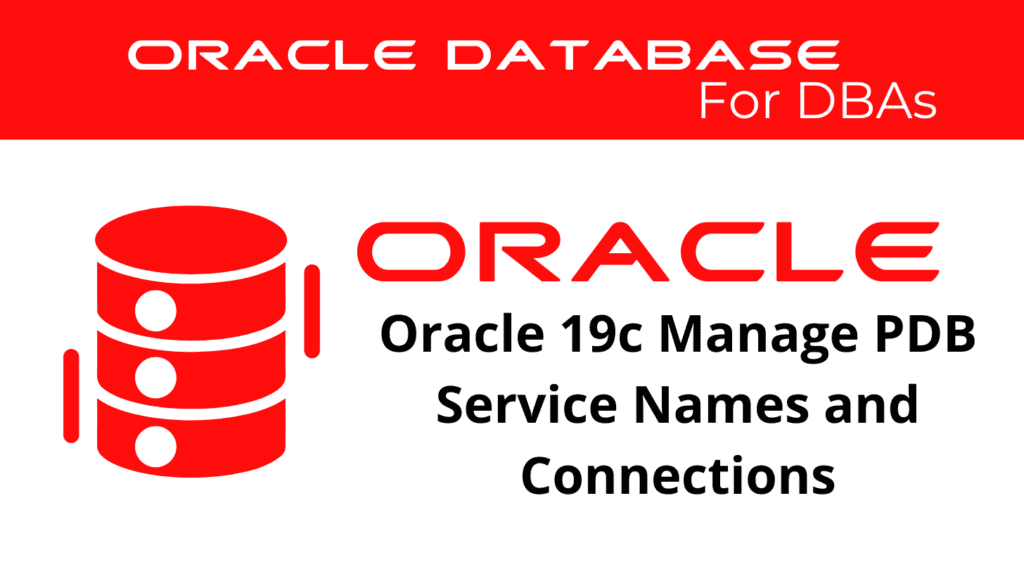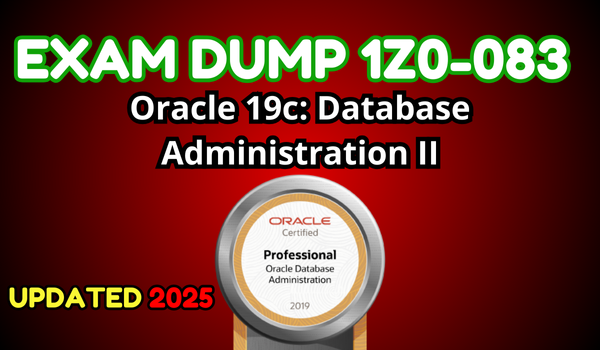
Oracle 19c offers robust features for managing Pluggable Databases (PDBs) within its Multitenant Architecture. The ability to handle PDB service names and connections efficiently is crucial for database administrators. This article delves into the essential aspects of Oracle 19c PDB Service Management Names and Connections, exploring various techniques and best practices.
Understanding Oracle Database Multitenant Architecture
The Oracle Database Multitenant Architecture is designed to allow a single container database (CDB) to host multiple PDBs. This architecture simplifies database management and improves resource utilization. In this context, managing PDB service names becomes vital for seamless operations. Service names are used to establish connections and differentiate between PDBs within the same CDB.
Service Name Configuration plays a critical role in this setup. When configuring service names, it is essential to ensure that each PDB has a unique and recognizable service name. This setup not only aids in better management but also in troubleshooting and monitoring database activities.
PDB Service Management
PDB Service Management involves creating, modifying, and deleting service names. These services facilitate the connection between applications and specific PDBs. The following steps illustrate how to manage PDB services effectively:
Creating a Service Name:
EXEC DBMS_SERVICE.create_service(service_name => 'pdb1_service', network_name => 'pdb1_network');Starting a Service:
EXEC DBMS_SERVICE.start_service('pdb1_service');Stopping a Service:
EXEC DBMS_SERVICE.stop_service('pdb1_service');Deleting a Service:
exec dbms_service.delete_service('pdb1_service');Proper PDB Service Management ensures that services are available when needed and resources are not wasted on inactive services.
📢 You might also like: Oracle 19c Manage Startup, Shutdown, and Availability of CDBs and PDBs (Category: Oracle Database Admin)
PDB Connection Handling
PDB Connection Handling is paramount for ensuring that applications can reliably connect to the intended PDBs. Connection handling strategies include configuring connection strings, setting up TNS entries, and using dynamic services.
Connection Setup is the first step in this process. By setting up the connection strings correctly, database administrators can ensure that connections are directed to the appropriate PDBs. Here is an example of a TNS entry for a PDB connection:
PDB1 =
(DESCRIPTION =
(ADDRESS = (PROTOCOL = TCP)(HOST = your_host)(PORT = 1521))
(CONNECT_DATA = (SERVICE_NAME = pdb1_service) )
)PDB Connection Handling also involves monitoring and managing these connections to ensure optimal performance and availability.
Best Practices for Service Name Configuration
To maximize the efficiency of Service Name Configuration, it is crucial to follow best practices. These practices ensure that service names are consistent, descriptive, and easy to manage. Here are some recommendations:
Consistency: Use a naming convention that is consistent across all PDBs. This practice simplifies management and reduces errors.
Descriptiveness: Ensure that service names are descriptive enough to indicate their purpose or associated application.
Monitoring: Regularly monitor service statuses and connections to identify and resolve issues promptly.
Documentation: Maintain comprehensive documentation of all service names and their configurations.
By adhering to these best practices, database administrators can achieve a streamlined and efficient Service Name Configuration process.
See more on Oracle’s website!
Conclusion
In conclusion, managing PDB service names and connections in Oracle 19c is a critical task that requires careful planning and execution. By understanding the Oracle Database Multitenant Architecture and employing effective PDB Service Management and Connection Handling techniques, administrators can ensure robust and reliable database operations. Following best practices for Service Name Configuration further enhances the efficiency and manageability of the database environment.
Be Oracle Database Certified Professional, this world is full of opportunities for qualified DBAs!





